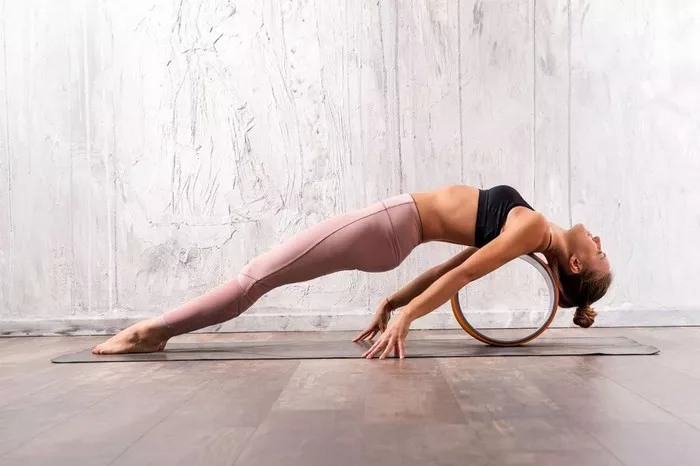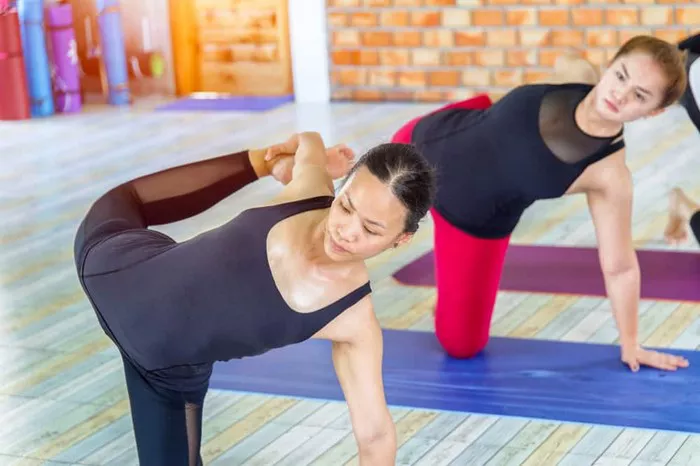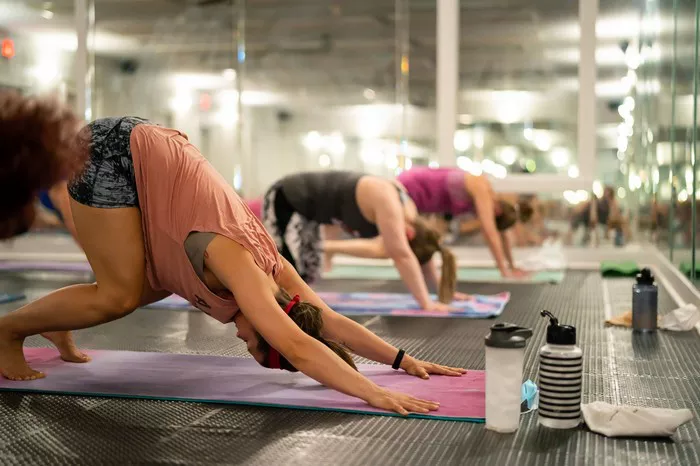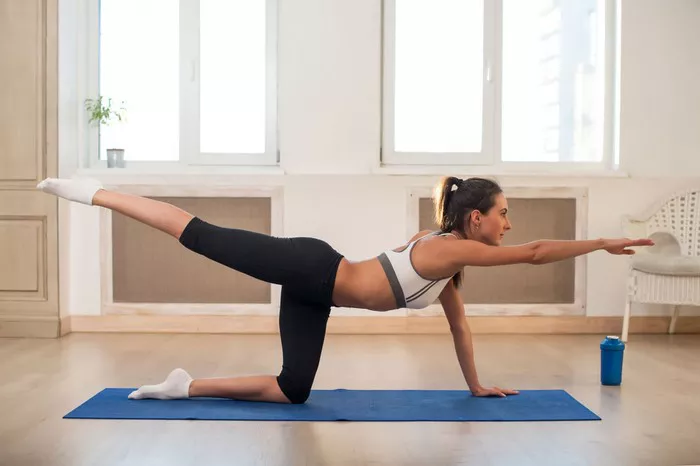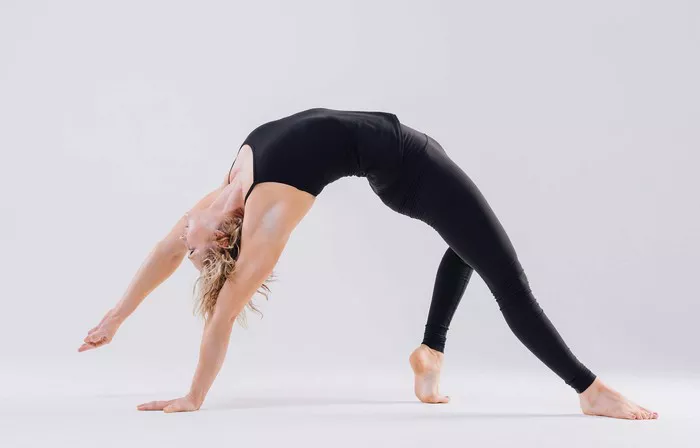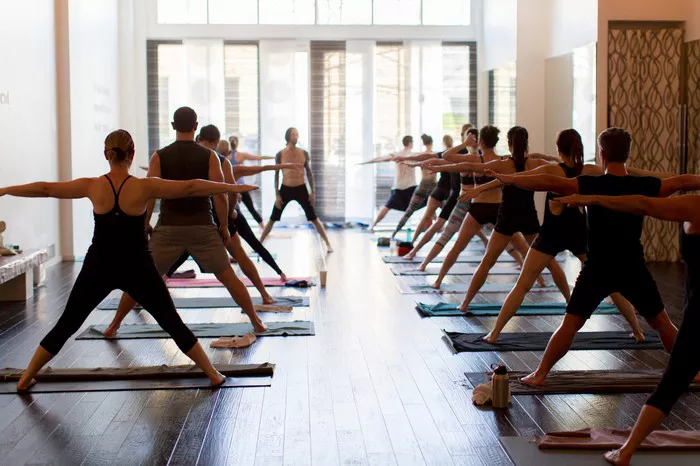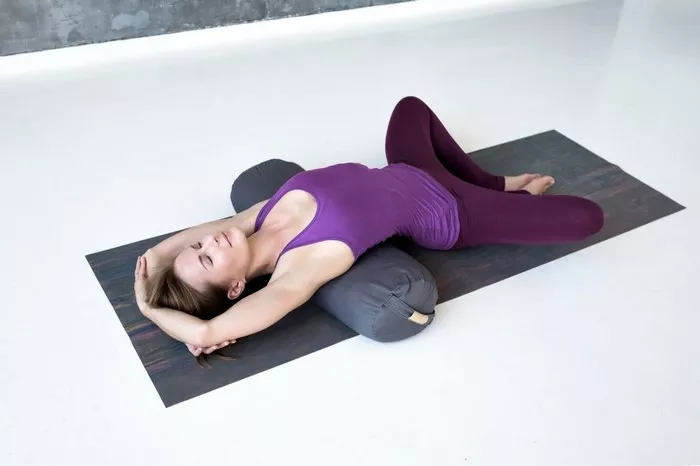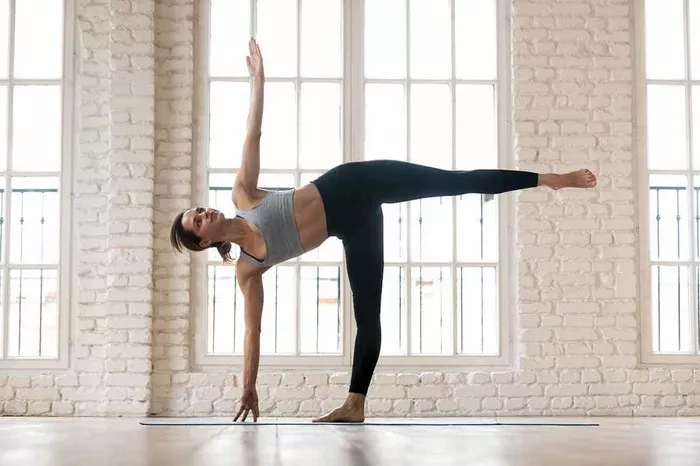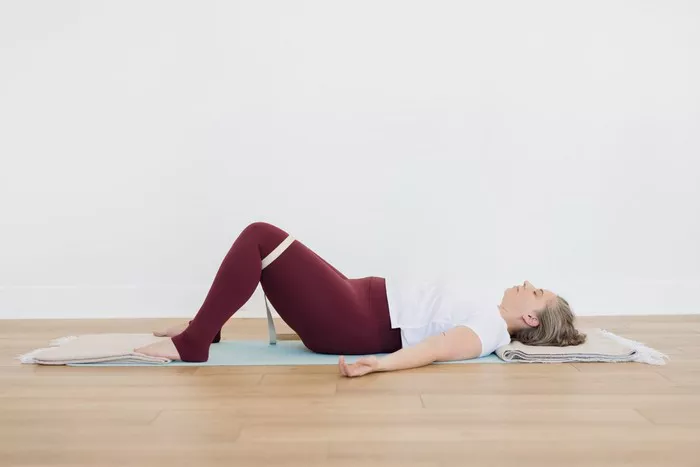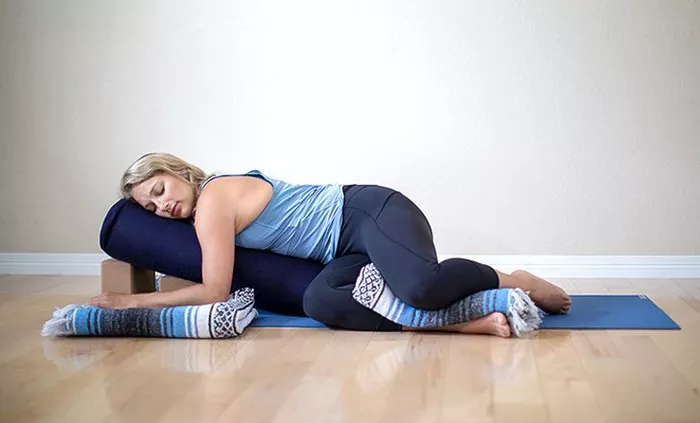Frog Pose, known as Bhekasana in Sanskrit, is a deep hip-opening yoga posture that challenges flexibility and strength. Often incorporated into restorative and Yin yoga practices, it primarily targets the inner thighs, hips, and groin. While it offers profound physical and mental benefits, it can be intimidating and uncomfortable for many, especially beginners. Before delving into ways to make the frog pose easier, it’s crucial to understand what the posture entails. The pose involves kneeling on all fours, spreading the knees apart while keeping the ankles in line with the knees, and lowering the body to the floor with forearms or chest supported. The intensity of the stretch can vary depending on flexibility, mobility, and body structure.
Benefits of Frog Pose
Despite its difficulty, Frog Pose provides a host of benefits that make it worth the effort. It opens the hips, improves flexibility in the inner thighs, and relieves lower back tension. The pose can also help release stored emotional tension, as many people hold stress in their hips. In addition, it can enhance circulation in the pelvic region and prepare the body for deeper hip-opening postures. Practicing Frog Pose regularly contributes to better posture, improved athletic performance, and a greater sense of relaxation and balance. Understanding these benefits can help practitioners stay motivated as they work on easing into the pose.
Common Challenges in Frog Pose
Several challenges can make Frog Pose feel daunting. The most common issue is limited hip flexibility, which can cause discomfort or pain in the groin or inner thighs. Knee sensitivity is another major concern, as the position places pressure on the knee joints. Tight quadriceps or a stiff lower back can also hinder comfort and alignment. Moreover, those with a broader pelvic structure may find it more difficult to align the hips without strain. Recognizing these obstacles is the first step in addressing them effectively. Once identified, appropriate modifications and preparatory work can be employed to overcome these difficulties.
Step-by-Step Instructions for Frog Pose
To approach Frog Pose safely and comfortably, follow these step-by-step instructions:
- Begin in a tabletop position on your mat, with shoulders over wrists and hips over knees.
- Slowly widen your knees as far apart as comfortable, keeping your ankles aligned with your knees.
- Flex your feet to reduce pressure on the knees.
- Lower down onto your forearms, maintaining a long spine and relaxed neck.
- Engage your core gently to protect the lower back.
- Hold the position, breathing deeply for 30 seconds to 2 minutes.
- To exit, gently bring your knees back together and return to tabletop.
Always listen to your body during each step and never push beyond your limit.
Warm-Up Exercises to Prepare for Frog Pose
Warming up is essential for easing into Frog Pose. A good warm-up increases blood flow to the muscles and gradually enhances flexibility. Include the following exercises before attempting Frog Pose:
- Cat-Cow Stretch: Loosens the spine and warms up the hips.
- Child’s Pose: Gently opens the hips and provides a restorative stretch.
- Low Lunge: Opens the hip flexors and prepares the body for deeper stretches.
- Butterfly Stretch: Targets the inner thighs and groin.
- Happy Baby Pose: Mimics the shape of Frog Pose in a supine position, easing the hips and groin into a deeper stretch.
Spending 5 to 10 minutes on these preparatory movements can make a significant difference in comfort and performance.
Modifications to Make Frog Pose Easier
Modifications can make Frog Pose accessible to practitioners of all levels. Here are some effective ways to modify the posture:
- Use Props: Placing yoga blocks or folded blankets under the forearms or knees can reduce strain and enhance support.
- Wall Support: Practicing against a wall can provide stability and prevent overextension.
- Partial Expression: Rather than going into the full pose, widen the knees to a comfortable distance and remain on the hands instead of the forearms.
- Bolsters or Cushions: Sliding a bolster under the torso or between the legs can provide comfort and allow for a longer hold.
- Knee Padding: Use extra cushioning beneath the knees to reduce pressure and discomfort.
These adjustments help maintain correct alignment while reducing physical stress.
Poses to Increase Hip Flexibility
Improving hip flexibility gradually can make Frog Pose more accessible over time. Incorporate these yoga poses into your routine to increase mobility:
- Pigeon Pose: Deeply opens the hip flexors and glutes.
- Lizard Pose: Targets the hip flexors and inner thighs.
- Garland Pose (Malasana): Encourages external rotation and opens the hips.
- Cow Face Pose (Gomukhasana): Stretches the glutes and outer hips.
- Wide-Legged Forward Fold: Lengthens the hamstrings and inner thighs.
Consistent practice of these poses, held for several breaths or up to a minute each, can prepare the body for the demands of Frog Pose.
Breathing Techniques to Enhance Comfort
Breathing plays a crucial role in managing discomfort and deepening the posture. Use these techniques during Frog Pose:
- Ujjayi Breathing: Involves slow, controlled breaths through the nose with a slight constriction in the throat, helping to calm the nervous system.
- Diaphragmatic Breathing: Focus on expanding the belly on the inhale and releasing on the exhale to stay grounded and relaxed.
- Exhale to Deepen: Use each exhale to release tension in the hips and allow the body to settle more deeply into the pose.
Conscious breathing not only makes the pose more bearable but also enhances the meditative quality of the practice.
Mental Approaches to Frog Pose
The mental aspect of yoga is just as important as the physical. Frog Pose can bring up emotional resistance or frustration, especially when it feels uncomfortable. Practicing mindfulness and cultivating patience are key to progressing safely. Set an intention before practice, such as openness or compassion, and return to it whenever discomfort arises. Use the breath to anchor your awareness and avoid comparison with others. Instead of striving for perfection, focus on gradual improvement. This mindset reduces tension and increases the effectiveness of the pose.
Frequency and Duration of Practice
To see improvement in Frog Pose, consistency is crucial. Aim to practice it 2 to 4 times per week, depending on your body’s readiness. Start with shorter holds of 20 to 30 seconds and gradually work up to longer durations as flexibility increases. It’s important to balance effort with rest, allowing the muscles to recover. Overdoing it can lead to injury, especially in sensitive areas like the knees and hips. Supplement your practice with regular hip-opening and restorative poses to maintain balance.
When to Avoid Frog Pose
While Frog Pose can be highly beneficial, it is not suitable for everyone. Individuals with knee injuries, severe hip pain, or groin strains should avoid the pose or consult a healthcare provider before attempting it. Pregnant individuals, especially in later trimesters, should modify or avoid this posture due to pressure on the abdomen and pelvis. If you experience sharp pain, tingling, or numbness, exit the pose immediately. Always listen to your body and respect its limitations to avoid causing harm.
Integrating Frog Pose into Your Routine
Frog Pose can be integrated into various parts of your yoga routine. It works well as a deep stretch at the end of a practice or as part of a Yin or restorative sequence. Pair it with other hip-opening postures for a comprehensive session, or use it as a standalone pose for focused flexibility work. Ensure you warm up adequately beforehand and cool down with gentle stretches like Savasana or Reclined Twist. Over time, this integration enhances the body’s range of motion and fosters a deeper mind-body connection.
Listening to Your Body
Above all, the most important strategy for making Frog Pose easier is listening to your body. Pain is a signal that something is wrong, not a challenge to push through. Tune into the sensations of your hips, knees, and lower back, and adjust accordingly. Some days you may find greater ease; other days, more resistance. Both experiences are valid and part of the journey. Respecting your current limits builds a sustainable and enriching practice.
Conclusion
Frog Pose is a challenging yet deeply rewarding posture that offers a wealth of physical and emotional benefits. By understanding the pose, preparing with warm-ups, incorporating modifications, and maintaining a patient mindset, practitioners can make the experience significantly easier and more enjoyable. Regular practice, combined with supportive breathing and mindful awareness, transforms Frog Pose from a source of struggle into an empowering expression of inner and outer strength. With time, the pose becomes less about flexibility and more about presence, resilience, and self-compassion.
Related Topics:

